Saudi Arabia's tourist spots you are now free to visit
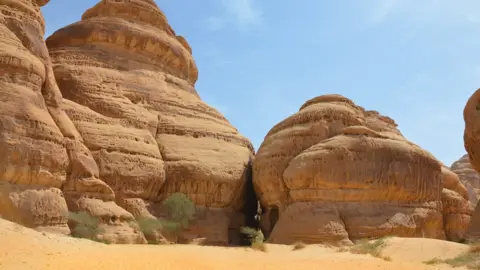 Getty Images
Getty ImagesFor the first time, Saudi Arabia is going to open up its doors to international tourists with a new visa regime for 49 countries.
Until now, Saudi visas were only really granted to expatriate workers, people visiting on business, and pilgrims visiting either or both of the two holy cities Mecca and Medina.
The kingdom has also pledged to relax its strict dress codes for female visitors, and to allow women to travel to the country unaccompanied.
This is all part of the kingdom's push for economic reform, in order to decrease its dependence on oil - but it is also an attempt to rebrand itself amid criticism of its human rights record, including last year's murder of Saudi journalist Jamal Khashoggi, and crackdowns on women's rights activists.
There are also some caveats. Women will still need to dress modestly in public, and non-Muslims will still be forbidden from visiting the holy cities of Mecca and Medina.
So what can Saudi's new tourists expect to see?
Al Wahbah volcanic crater
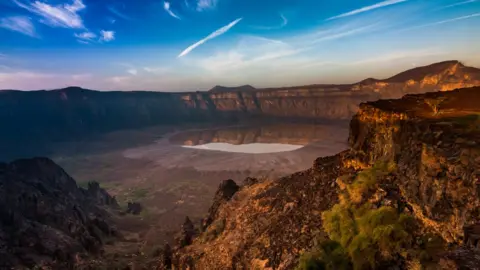 Getty Images
Getty ImagesIn the middle of the desert, some 250 km (155 miles) away from the city of Taif, is Al Wahbah - a large volcanic crater with a salt field in its centre.
Al Wahbah has become popular with hikers in recent years, although it is a challenge. As the crater is 820 ft deep, it takes competent hikers about two to three hours to get down to the bottom and back up again.
For those hoping for something a bit less active, it is also a popular camping spot.
The ancient city of Mada'in Saleh
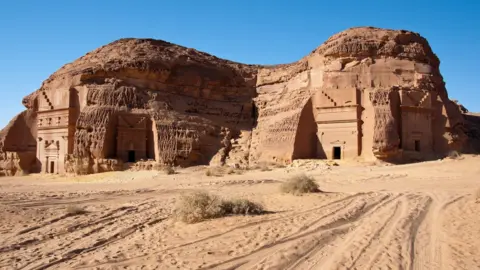 Getty Images
Getty ImagesMada'in Saleh was the second largest city of the Nabateans, a group of people who settled across ancient Arabia and the Jordan Valley until their empire was annexed by the Romans in 106 CE.
Now, among the ruins are a vast necropolis with 130 tombs, small pre-Islamic altars, and some adobe houses - structures made from earth - in what used to be the city's living quarters.
Mada'in Saleh was designated a Unesco World Heritage Site in 2008 - the first site in Saudi Arabia to get this accolade.
Historic Jeddah and the Gate to Mecca
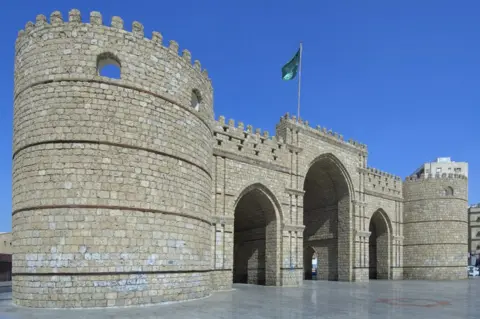 Getty Images
Getty ImagesAnother Unesco World Heritage Site is the Gate to Mecca, located in Historic Jeddah.
In the 7th Century CE, Jeddah was established as both a major port for Indian Ocean trade routes, and the entry point for Muslim pilgrims who arrived by sea on their way to the religious city of Mecca.
Masmak Fortress in Riyadh
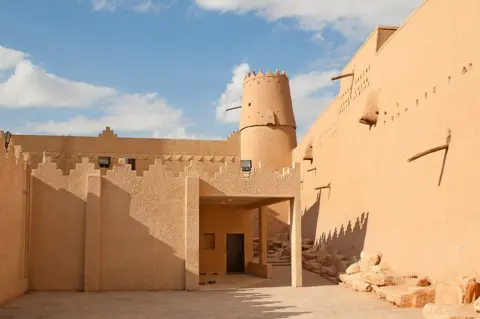 Getty Images
Getty ImagesMasmak Fortress in the Saudi capital Riyadh was first built in about 1865 - but it is most well known for what happened 37 years later.
In 1902, the exiled royal, Abdulaziz bin Abdul Rahman bin Faisal Al Saud, returned to his ancestral hometown Riyadh and seized this fortress.
Based at Masmak, he went on to conquer the different kingdoms of the region, before eventually uniting them to form what is now the Kingdom of Saudi Arabia.
King Fahd's Fountain
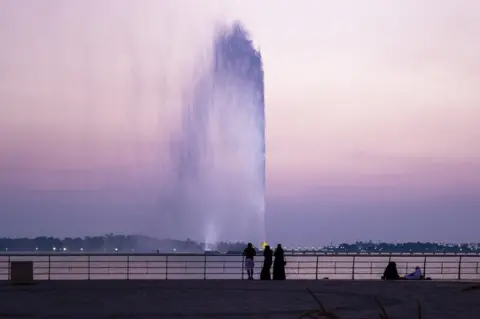 Getty Images
Getty ImagesKing Fahd's Fountain in Jeddah is said to be the tallest fountain in the world.
Conservative estimates say the fountain, which was donated to the city by the late King Fahd, can shoot saltwater up to 853 ft (260 metres) high - although some estimates put this closer to 1,000 ft.
At night, it is lit up by more than 500 spotlights.
Umluj - aka the Saudi Maldives
 Tharik Hussain
Tharik HussainThe sandy beaches of Umluj - often referred to as the Saudi Maldives - are on the country's Red Sea coast.
From the beach you can see mountains and inactive volcanoes, while there are mango farms nearby.
Neolithic art of Jubbah and Shuwaymis
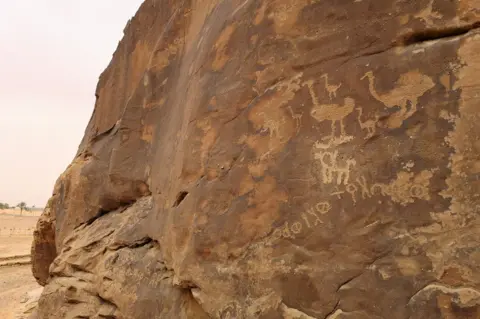 Tharik Hussain
Tharik HussainAccording to Unesco there was once a lake near these rock formations, which made it an important gathering spot for humans and animals.
While here our Neolithic ancestors left their mark, in the form of these drawings on the rock faces of Jubbah and Shuwaymis.

What is it like to visit Saudi Arabia?
James Merriman - from Barnstaple, England - visited Riyadh in 2014 on a three-day transit visa.
"I visited Masmak Fortress, part of old Riyadh. Inside is a small museum which includes photos of old Riyadh from the early 20th century. Nearby is Deira Square which is the main public square of the city. It does, however, have a more sinister use for the location where public executions are carried out, hence it's nickname 'chop-chop square'.
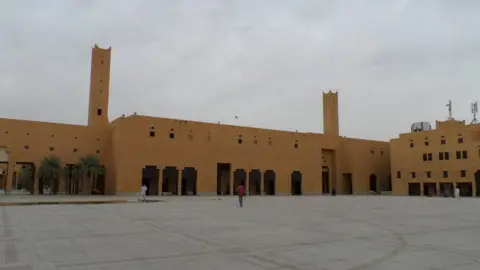 James Merriman
James Merriman"Modern Riyadh is all about grand shopping malls and large skyscrapers situated on the grand King Fahd Road. The Kingdom Center is the largest (the building with a gap at the top like a bottle opener). Tourists can visit the observation desk at the top for impressive views over the city.
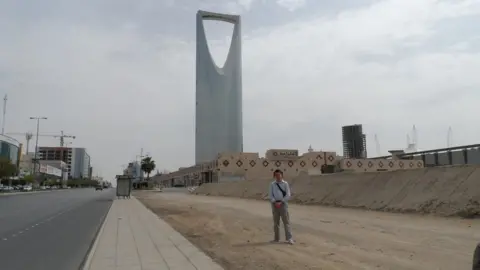 James Merriman
James Merriman"The best views of Riyadh at night are from the nearby Faisaliah Tower. From the top you are treated to a lovely view of the Kingdom Center tower lit up in different colours. But as it's an open-deck viewing platform it's very windy!
"For those wanting to try local cuisine, the locals like to eat camel meat. I would describe it similar to mutton but greasier. I preferred the excellent local dates and the refreshing non-alcoholic malt drinks."

All pictures copyright
